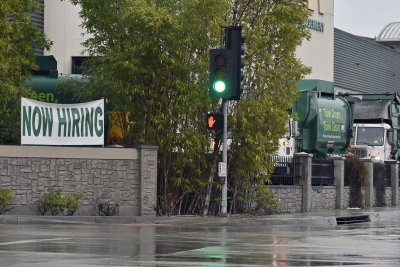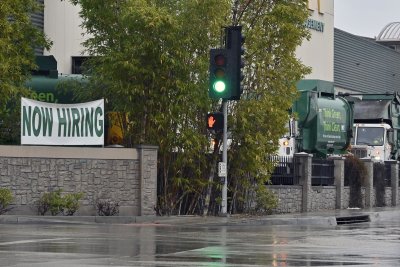
Aug. 1 (UPI) — Jobs growth was slower than expected in July, and the unemployment rate rose, showing signs of trouble for the labor market.
Nonfarm payroll for July was up by 73,000, which is higher than June at 14,000. But the Dow Jones estimate for gain was 100,000.
The totals for May and June were revised significantly, down by 258,000 from what was announced. May was revised from 144,000 jobs added to 19,000 jobs added. June’s revision went from 147,000 jobs added to 14,000, according to the Bureau of Labor Statistics Employment Situation Summary. Revisions come from additional reports from businesses and government agencies since the last published numbers and seasonal factors.
Unemployment raised to 4.2%, which was predicted.
“This is a gamechanger jobs report,” said Heather Long, chief economist at Navy Federal Credit Union, to CNBC. “The labor market is deteriorating quickly.”
This is in sharp contrast to what ADP reported just two days ago. The employment company’s National Employment report said private sector employment increased by 104,000 jobs in July, a reversal of June when jobs were at a 23,000 loss, a count revised from a previously announced loss of 33,000.
“Our hiring and pay data are broadly indicative of a healthy economy,” said ADP Chief Economist Nela Richardson in a press release on July 30. “Employers have grown more optimistic that consumers, the backbone of the economy, will remain resilient.”
The health care industry added 55,000 jobs, which is higher than the monthly gain of 42,000 over the previous 12 months. Those jobs were mostly in ambulatory care services and hospitals.
Social assistance employment added 18,000 job growth in July.
Federal government employment lost 12,000 jobs in July and is down by 84,000 since January.
The household survey was worse than the establishment survey of total payroll gains. It showed a decline of 260,000 workers, with the participation rate at 62.2%, the lowest since November 2022.
The number of discouraged workers decreased by 212,000 in July to 425,000, largely offsetting an increase in the prior month. Discouraged workers are those who believed that no jobs were available for them.
Those employed part time for economic reasons, at 4.7 million, changed little in July. These are people who wanted full-time employment but were working part time because their hours had been reduced or they were unable to find full-time jobs.
